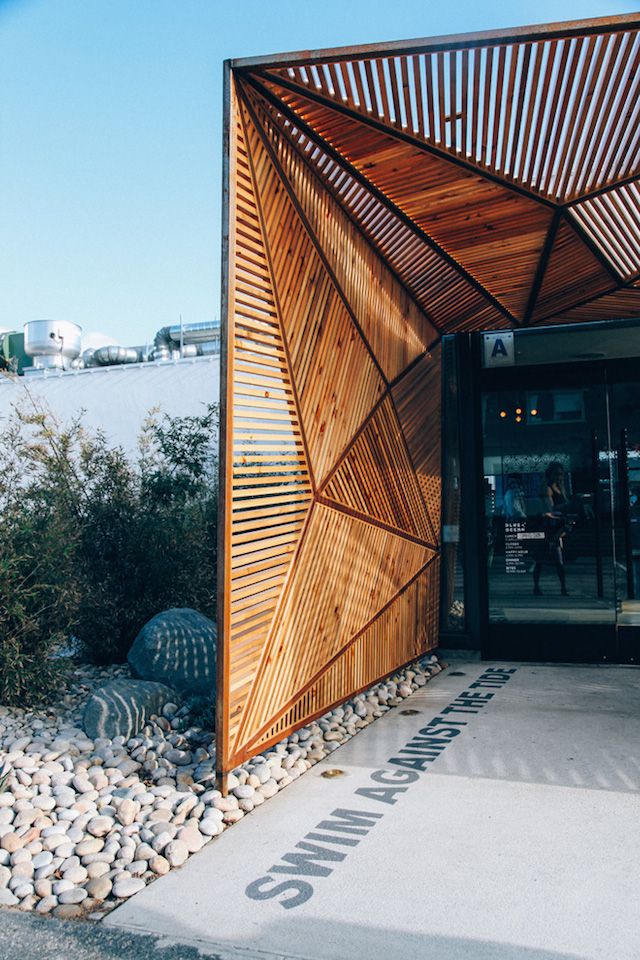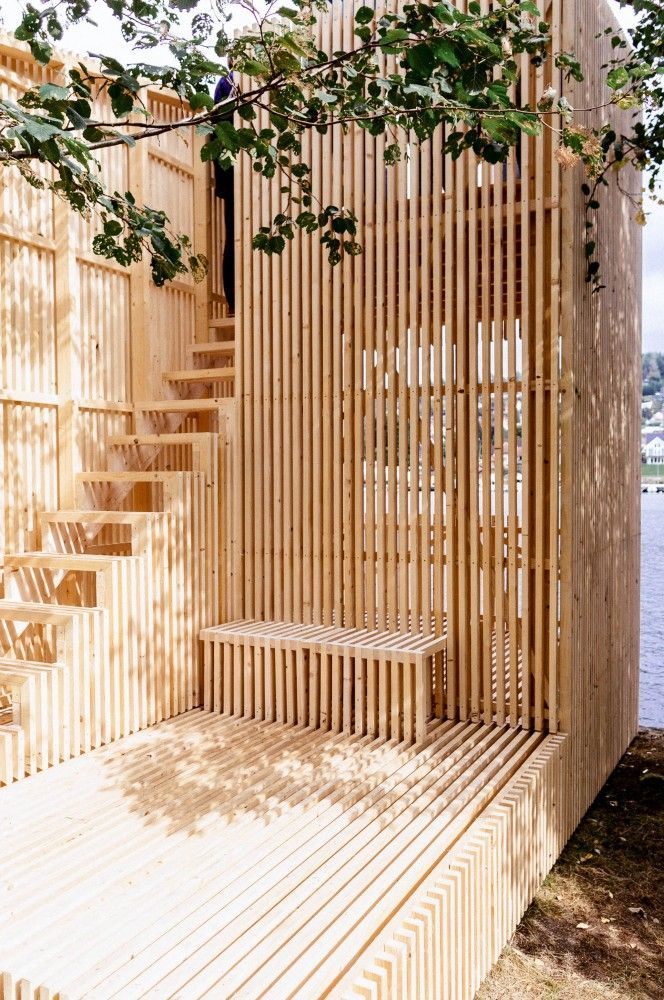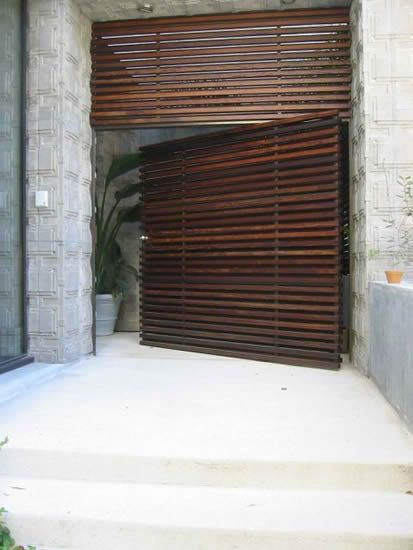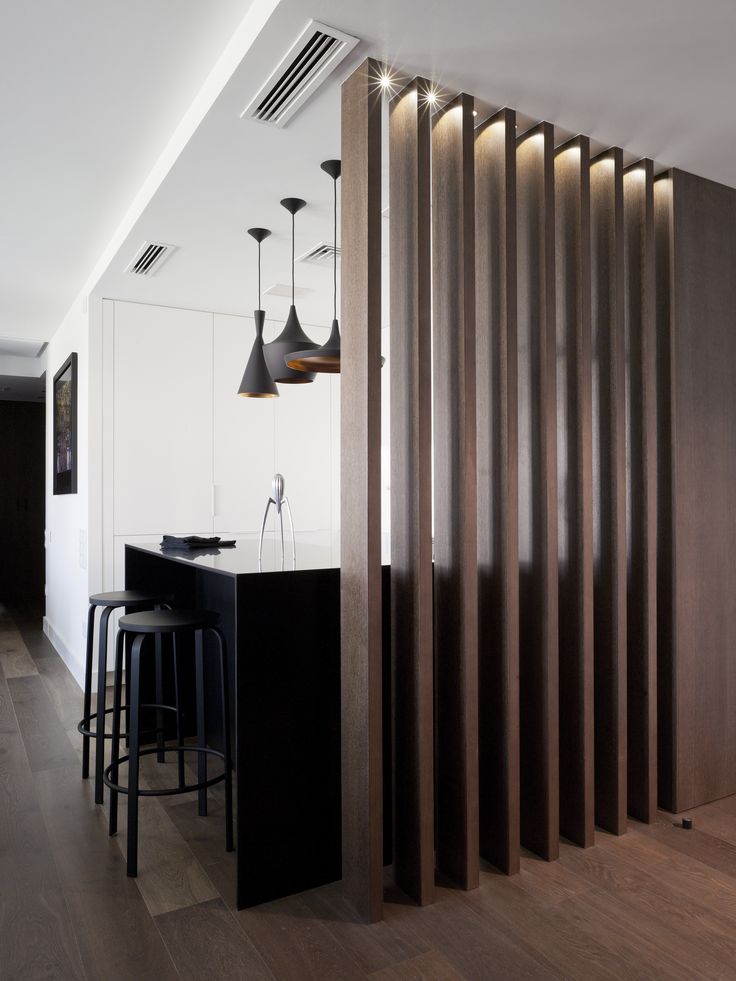SLATTED WOOD
Wood is a complex, diverse material, with soft and hard options, with a variety of colors and grains. Subtle changes in color and directionality can create complex textures, opportunities for signage, and ever-changing screen partitions.
Slatted wood is repetitive thin wood widths, arranged in a consecutive pattern, either in a vertical/horizontal flat plane, or in geometric shapes. Slats allow partition walls and doors to be semi-transparent, letting in light and eye sight when positioned in a parallel form, but enables changing shadows and views with horizontal and vertical movement.
Wood slats are being used in all forms and on all planes of interior design: ceilings, floors, walls, millwork, and even furniture has all incorporated slatted wood for the better. Below, we see many forms of slatted wood in dynamic spaces:
- millwork and entry details are an intriguing addition, pulling consumers into the space, and continuing eye movement
- an architectural screen or window wall, allowing filtered light into the interior spaces that change depending on sun height and location
- subtle signage that peek through the slats in differentiating wood color and texture
- overlapping patterns of wood strips create an extra layer of pattern and geometry
- wood slats on the ceiling to hide ugly HVAC systems and air vents, but still allowing maximum air flow
- CNC-ed wood strips to create a continuous bench and wall











